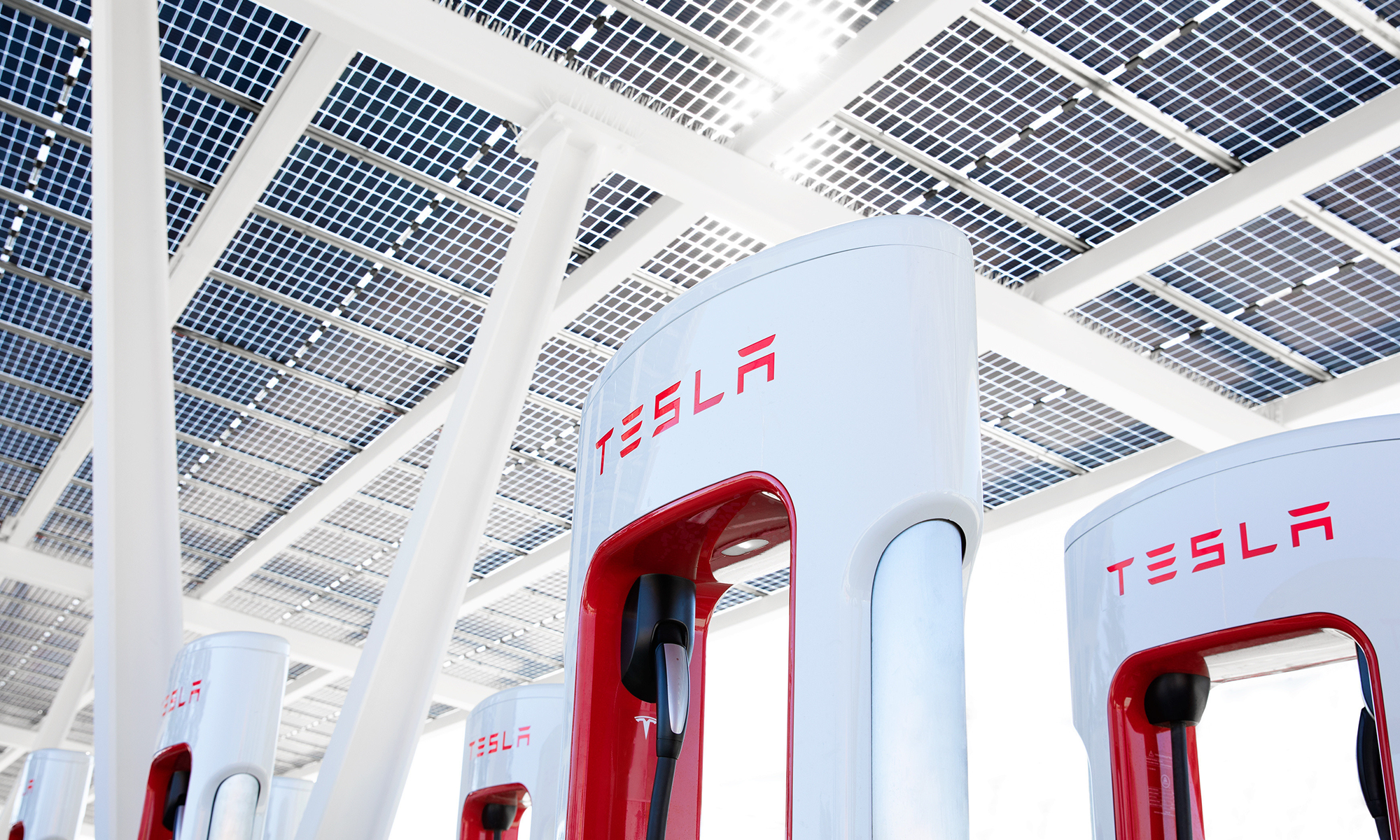A lot of the news from Tesla's (TSLA +1.73%) latest earnings report -- which dropped last Wednesday -- focused on CEO Elon Musk's plans for the future: his "robot army," autonomous vehicle technology, and of course, his potential $1 trillion compensation package.
The company's current car-making business was almost an afterthought.
Selling cars may not be as exciting as building robots, but those vehicle sales fund Musk's forays into future technologies. And the company's Q3 numbers contain a huge red warning light that could put Musk's future plans in jeopardy.

Image source: Tesla.
Where Tesla's money goes...
Using profits from a stable, existing business to fund research and development (R&D) is a tried-and-true roadmap for success. Meta Platforms (META +0.11%) uses ad revenue from Facebook and Instagram to fund the company's virtual reality and augmented reality "metaverse" ambitions. Microsoft (MSFT +2.05%) has used the consistent revenue streams from its Windows and Microsoft Office software to fund investments into AI. So there's nothing wrong with Tesla using the money from its car sales to develop its Optimus robots or its autonomous robotaxis.
That is, as long as there's money there to use.
...and where it comes from...
Unlike Meta's ad revenue and Microsoft's software sales, Tesla's auto sales revenue is low-margin. How low? Well, Tesla just reported that its operating margin dropped by five full percentage points in Q3, from 10.8% in Q3 2024 to just 5.8% in Q3 2025. Compare that to Microsoft's 44.9% operating margin or Meta's 43% operating margin in their most recent respective quarters.

NASDAQ: TSLA
Key Data Points
Tesla's operating margin is calculated by taking the company's record $28.1 billion of Q3 revenue, subtracting the $23 billion costs of revenue (sales and production costs, etc.) to get a gross profit of $5.1 billion, and finally stripping out operating expenses, including $1.6 billion of R&D expenses, resulting in a meager $1.6 billion operating profit in Q3.
...and where it isn't
Tesla's low margins were offset in Q3 by its record revenue, but there's good reason to expect both margin and revenue to decline in Q4 and beyond. With the expiration of the U.S. government's $7,500 EV tax credit, Tesla's overall sales are projected to drop sharply in Q4. Additionally, Tesla has begun offering lower-priced versions of its popular Model 3 and Model Y models (which were responsible for 96.8% of Q3 sales), which are likely to eat into its gross profits. I wouldn't be surprised to see gross profit cut in half (or worse) in Q4.
If Tesla intends to ramp up its R&D for self-driving and robotics, that $1.6 billion R&D expense from Q3 is likely to grow. Which means...
Tesla could very well post a net loss next quarter.
That hasn't happened since late 2019. Perhaps not coincidentally, late 2019 is when Tesla's market cap first rose above $65 billion.
If the company becomes unprofitable, will its current trillion-dollar valuation hold? Perhaps it will, because Tesla's lofty share price is now largely supported by investors bullish about its future plans. But still, why aren't more people talking about this massive ticking time bomb for the company?